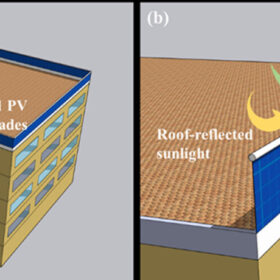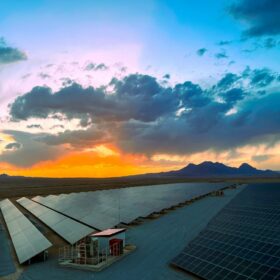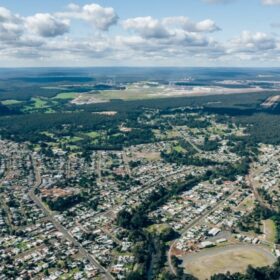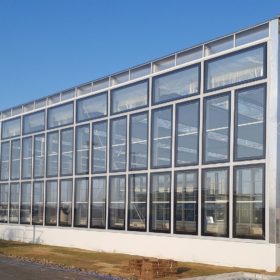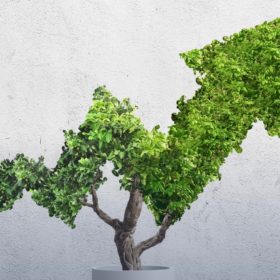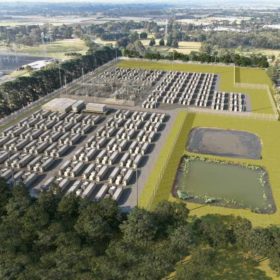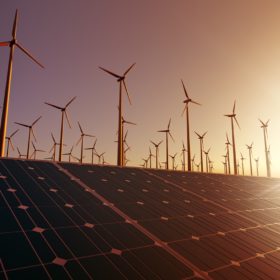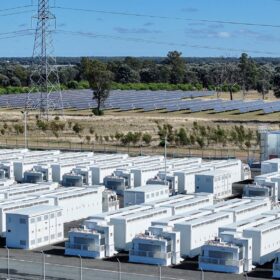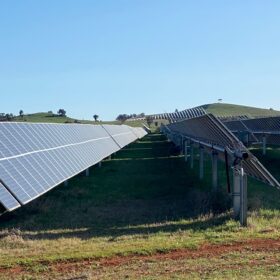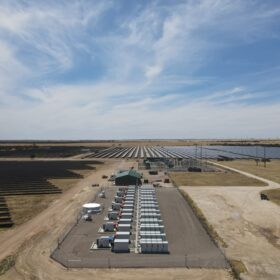Singapore energy giant Sembcorp buys Alinta Energy for $6.5 billion
Sydney-based energy gentailer Alinta Energy has been purchased from owner, Hong Kong conglomerate Chow Tai Fook Enterprises by Singaporean energy company Sembcorp Industries for $6.5 billion.
Vertical bifacial photovoltaic balustrade for building edges
Conceived by scientists in Hong Kong, the solar balustrade integrates bifacial PV panels and is considered an ideal solution for “cool roofs.” Roof albedo and module orientation are critical drivers of system performance.
ClearVue BIPV solution achieves 2.6-year payback in Hong Kong trial
ClearVue Technologies says its solar facade solutions, that combine the company’s solar glazing units into a fully integrated energy generating building envelope, have achieved a payback period of less than three years in a Hong Kong government trial.
NT solar centre data feeds ultra-short-term PV forecasting method
Scientists utilising data gathered at the Northern Territory’s Desert Knowledge Australia Solar Centre have created a novel probabilistic model for five-minutes ahead PV power forecasting. The method combines a convolutional neural network with bidirectional long short-term memory, attention mechanism, and natural gradient boosting.
Gigafactory developer eyes place in Collie’s coal to clean energy jobs transition
West Australian gigafactory developer Auzvolt has applied for a stake in the $200 million Collie Industrial Transition Fund, which seeks to help the town’s workforce move from coal dependent employment into clean energy jobs.
Agrivoltaics for grape farms
Researchers in Hong Kong have designed an agrivoltaic system that uses blockchain tech and smart contracts to reduce uncertainties between PV system operators and grape farmers. The proposed system uses rainwater to clean solar panels and provide irrigation.
ClearVue secures chance to test solar window tech in Hong Kong
Western Australian solar window company ClearVue Technologies has won a tender to complete a study of its electricity generating glazing technology, which will be installed at a Hong Kong government department’s headquarters as part of a fully-funded field trial.
Report finds sustainability skills gap in Australian financial sector
The University of Technology Sydney’s (UTS) Institute for Sustainable Futures (ISF), in collaboration with the Commonwealth Scientific and Industrial Research Organisation (CSIRO) Climate Science Centre, has published the findings of its national “Climate Skills Survey” of financial professionals.
Hong Kong finance fast tracks 1.9 GW battery, solar portfolio in Australia
Renewables developer Maoneng has teamed with Hong Kong-based real estate fund manager Gaw Capital Partners to fast track the development of a 1.9 GW portfolio of big battery and utility-scale solar PV projects in Australia.
Singapore secures stake in Australian green hydrogen projects
Singapore’s trillion-dollar sovereign wealth fund GIC has made a “strategic” investment in renewables developer InterContinental Energy, one of the major players behind mega solar and wind-powered green hydrogen projects planned for Western Australia’s Pilbara and southeast regions.

